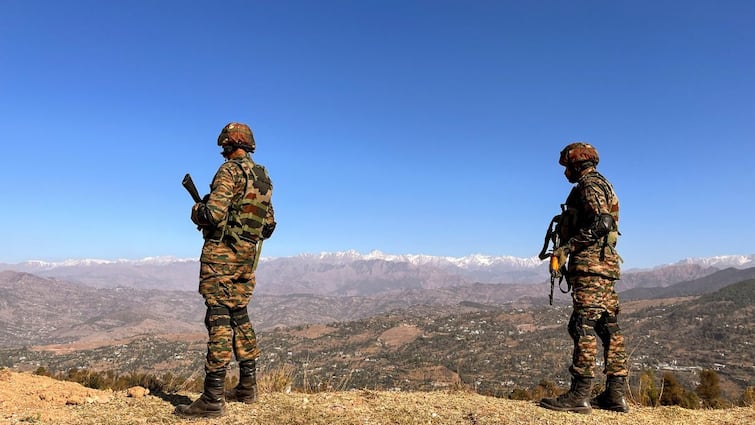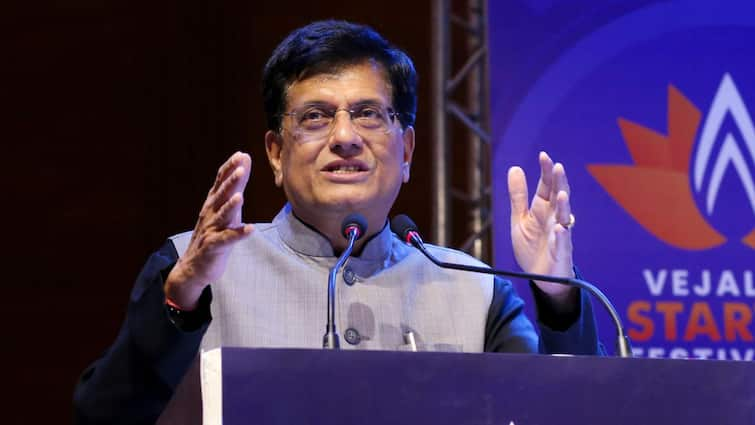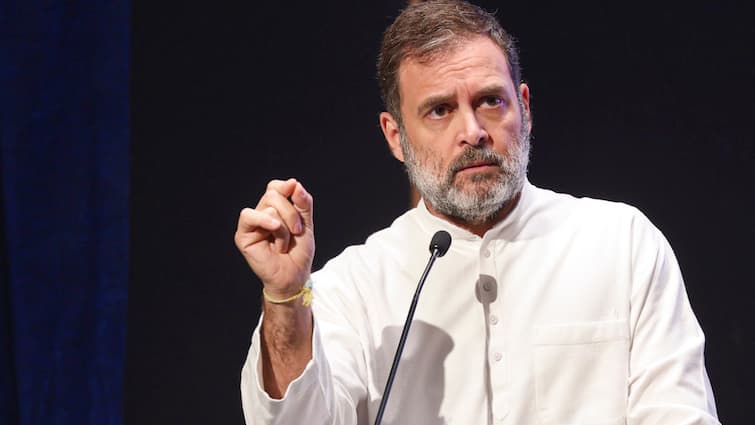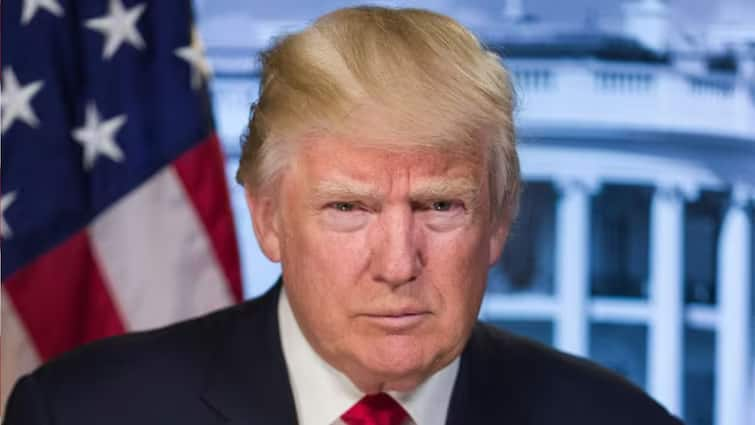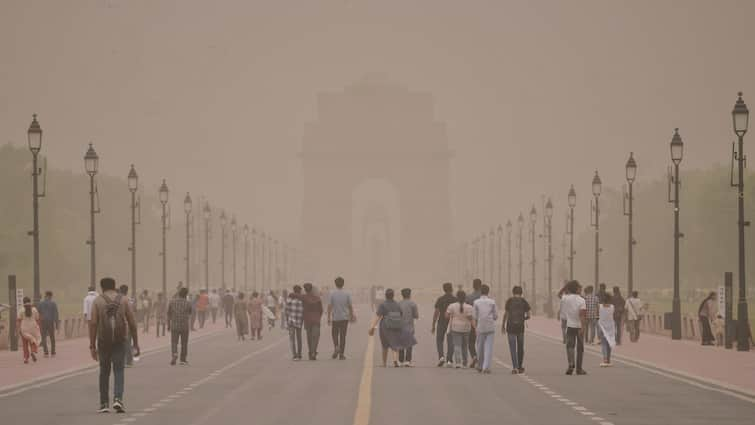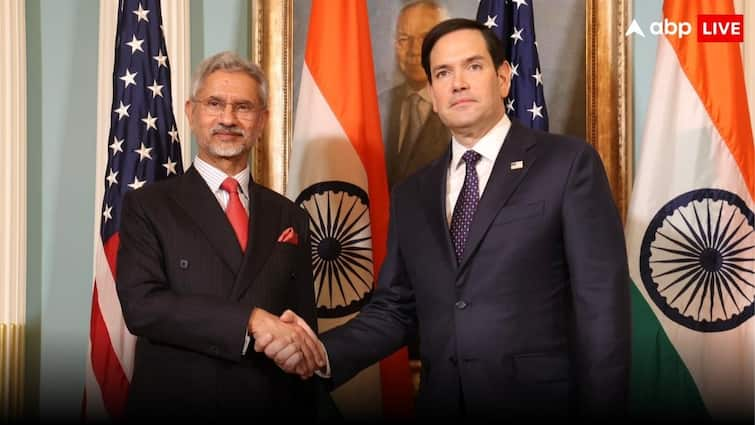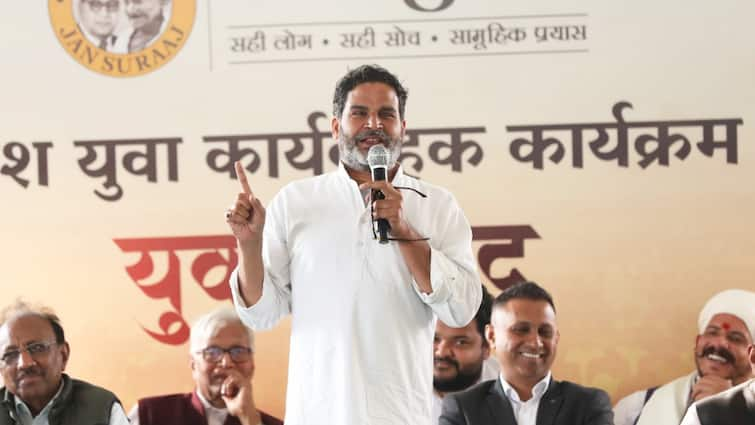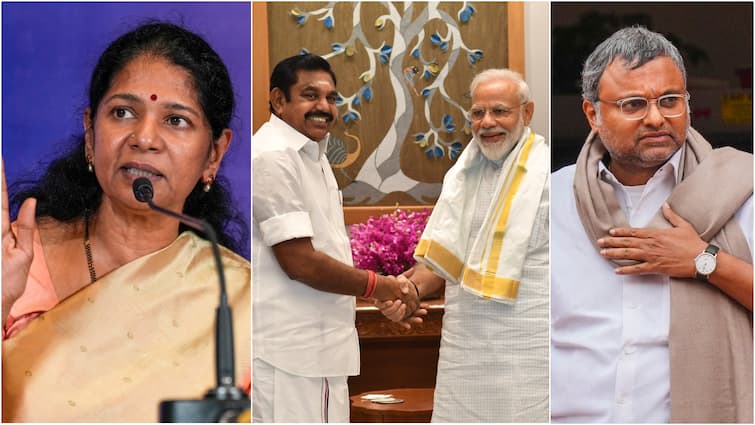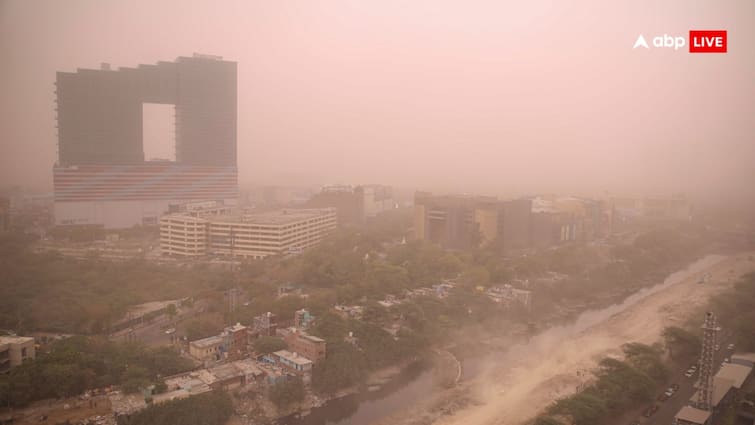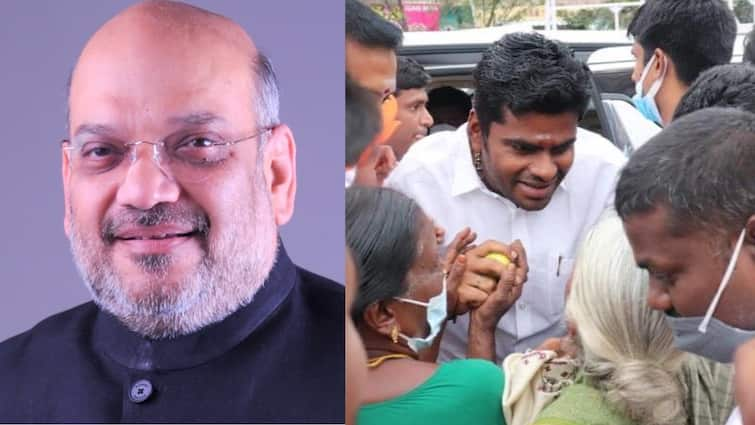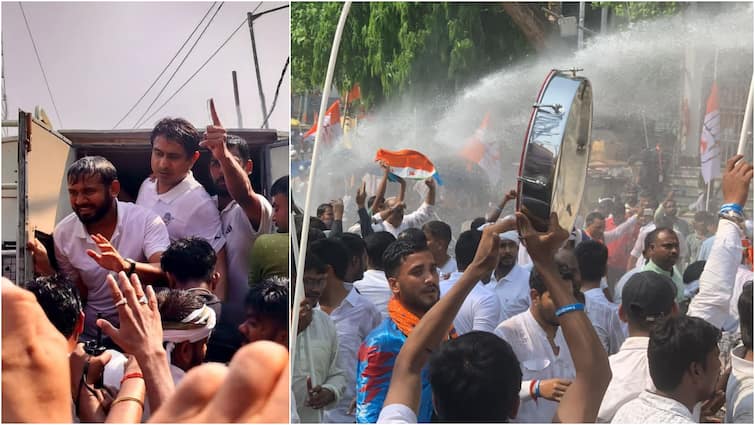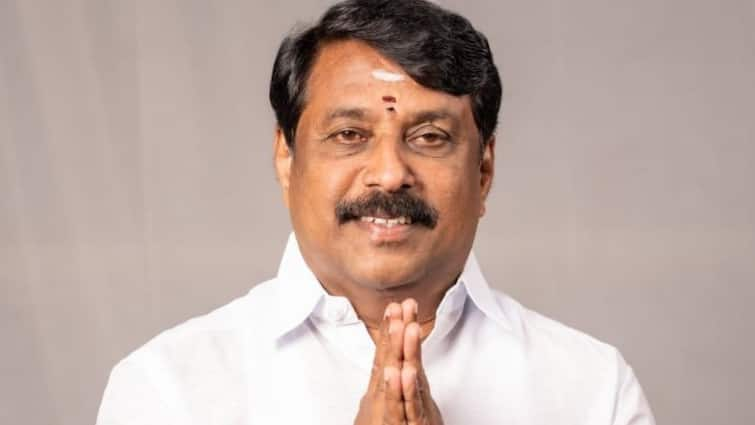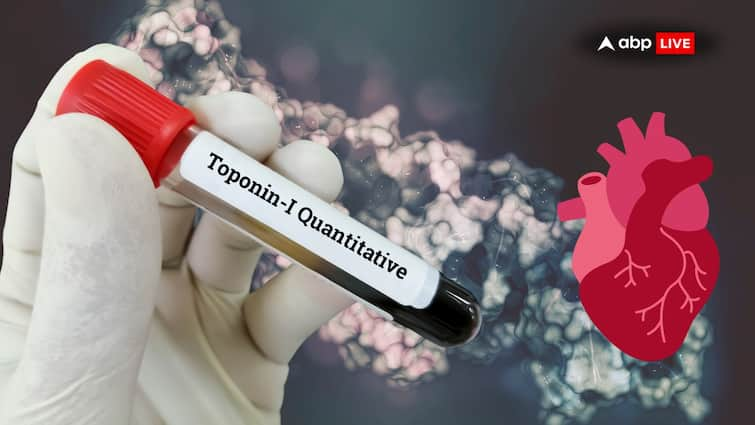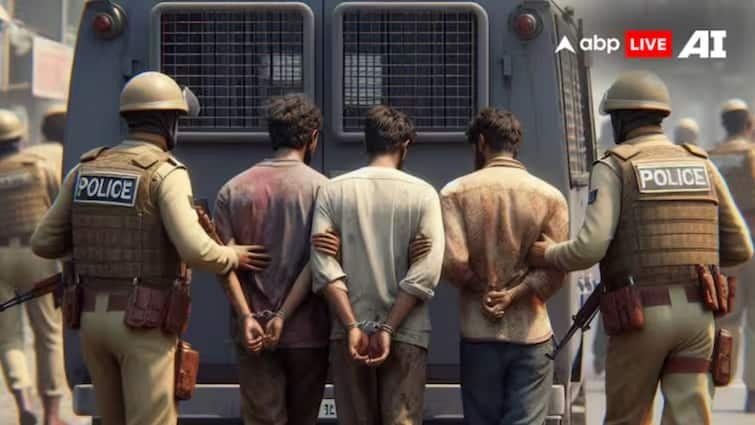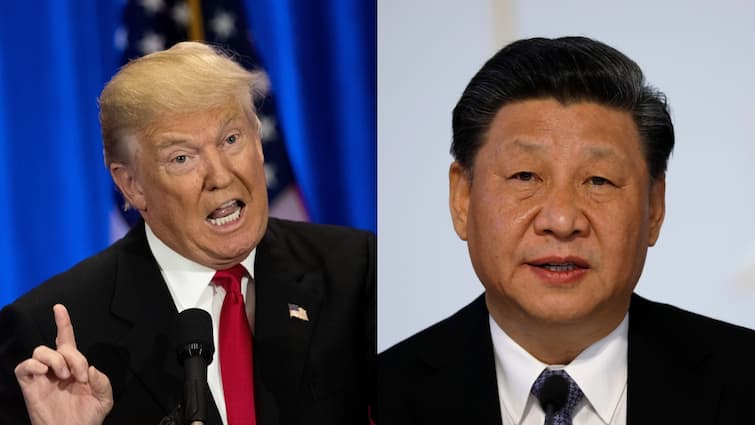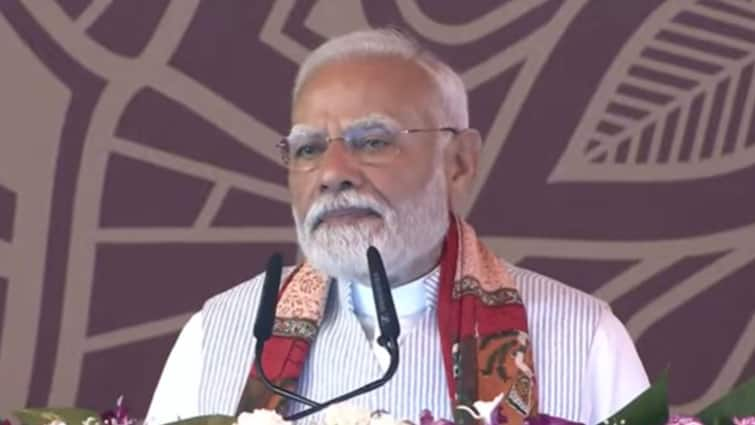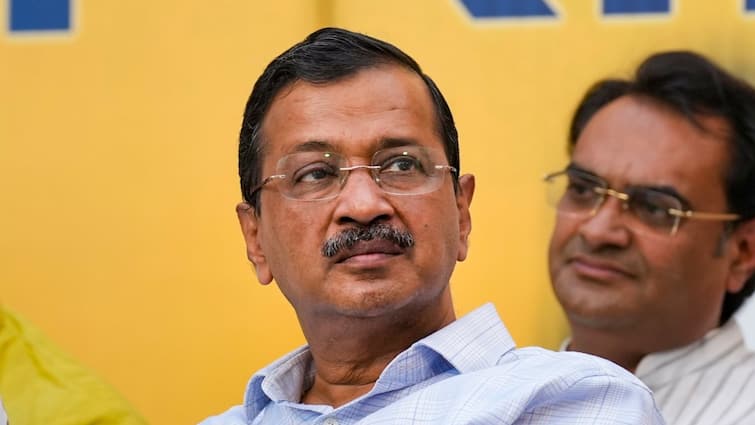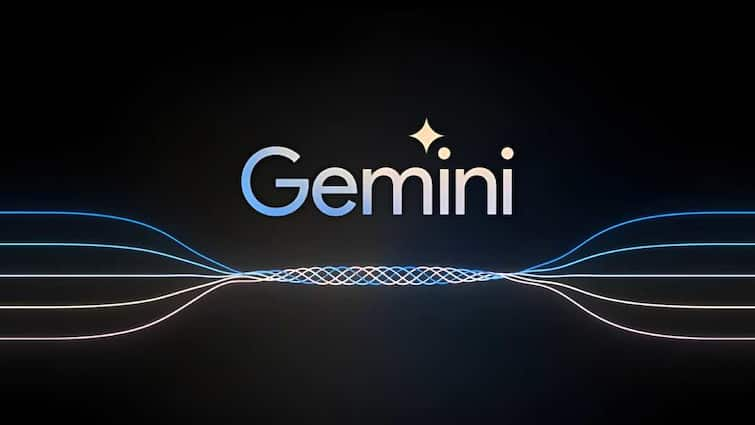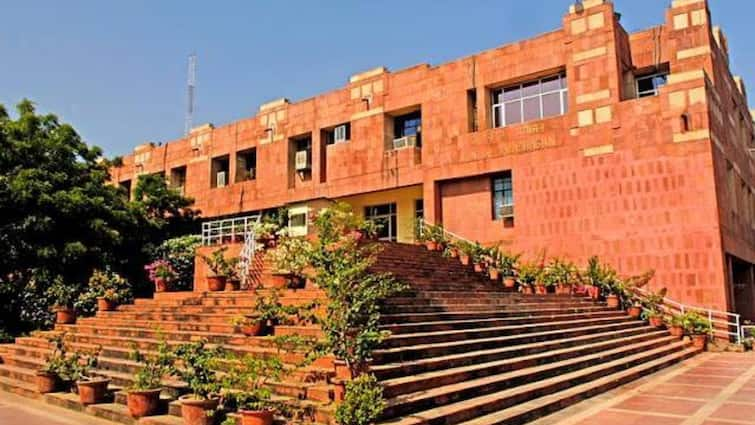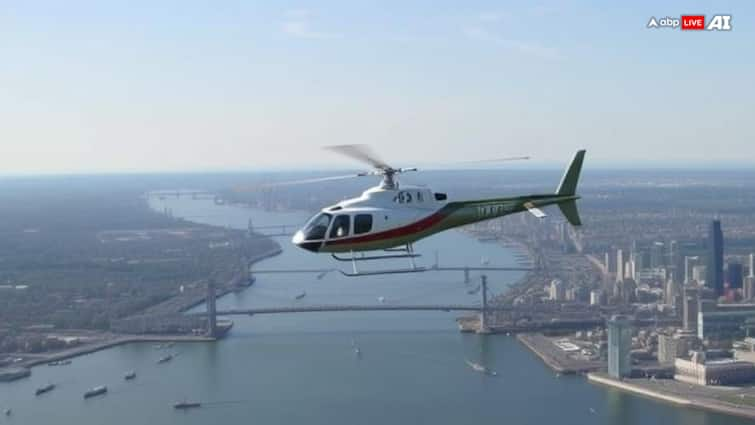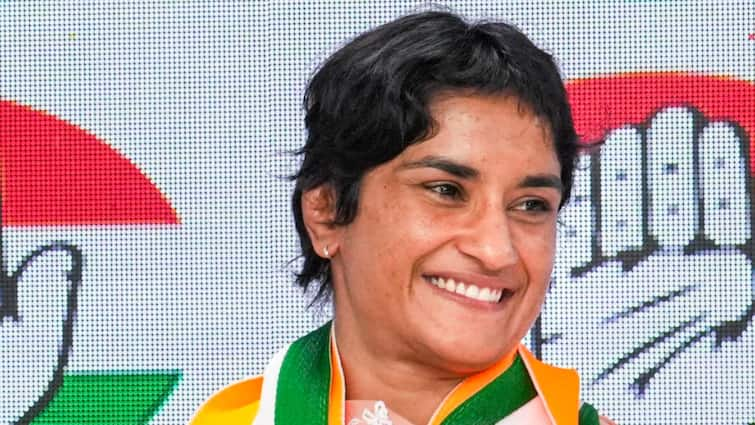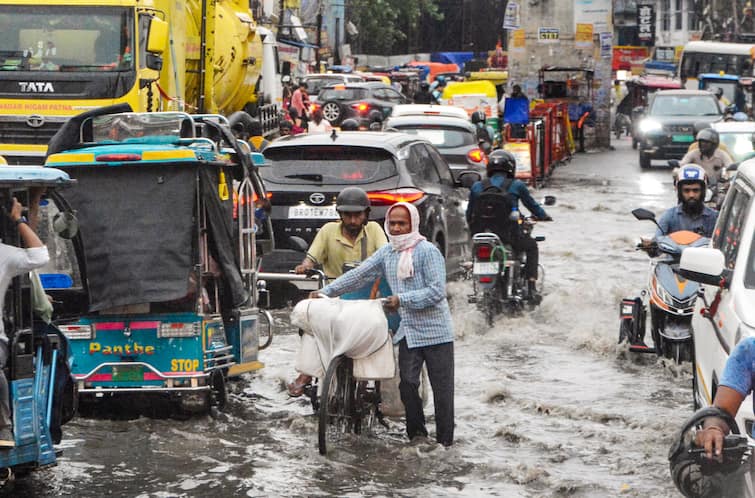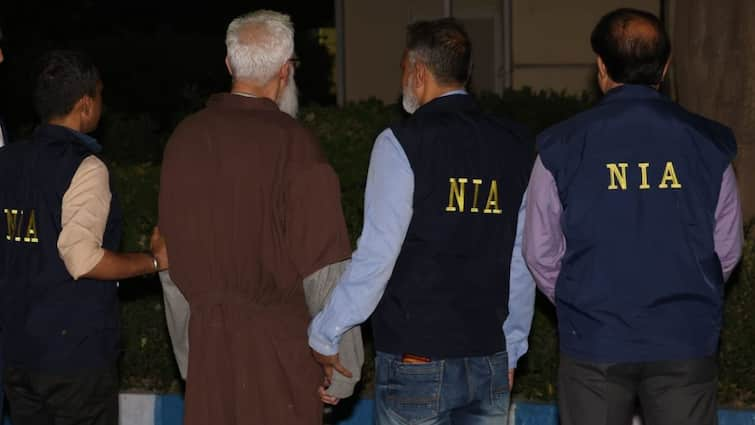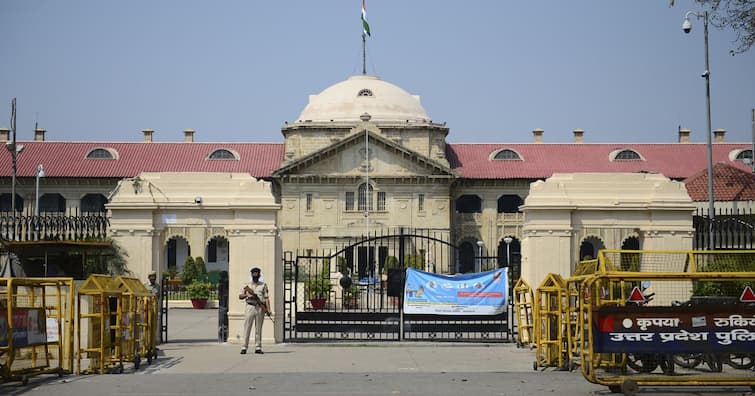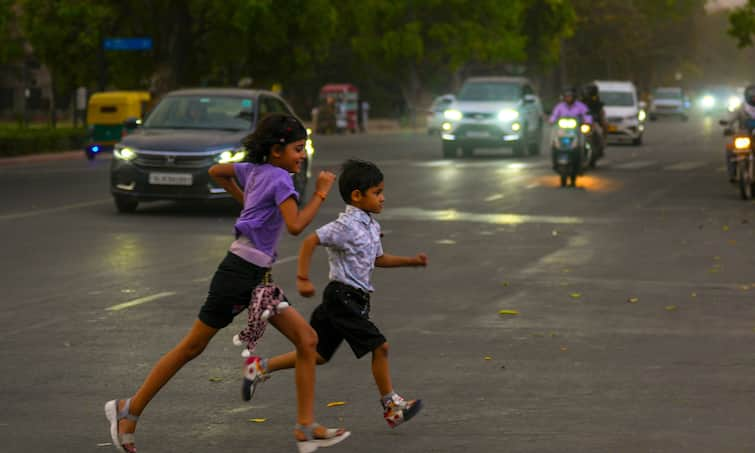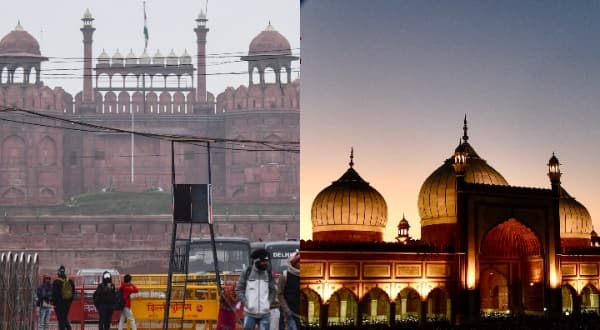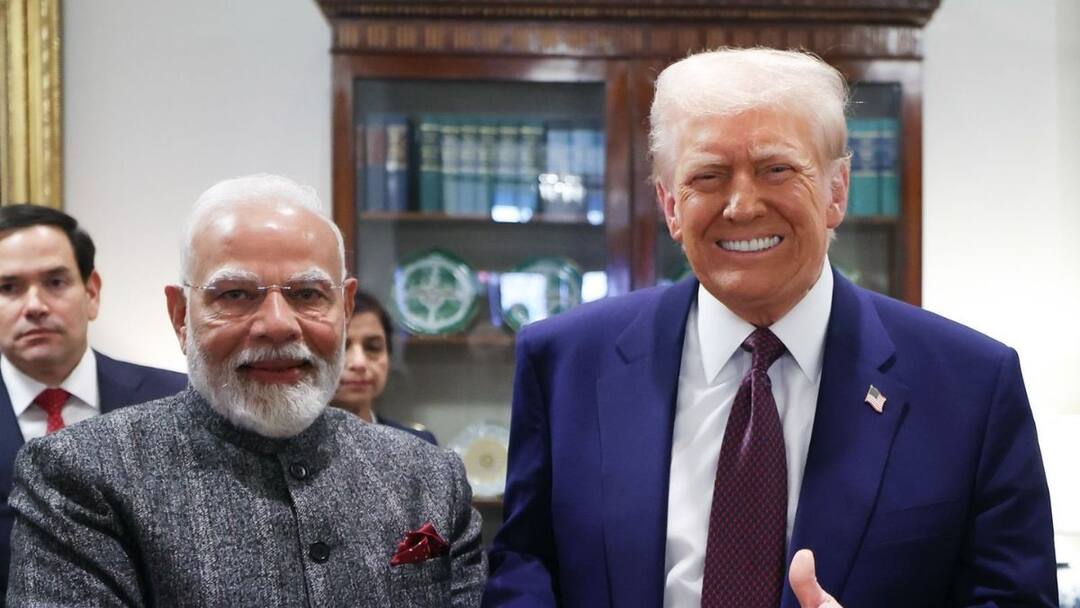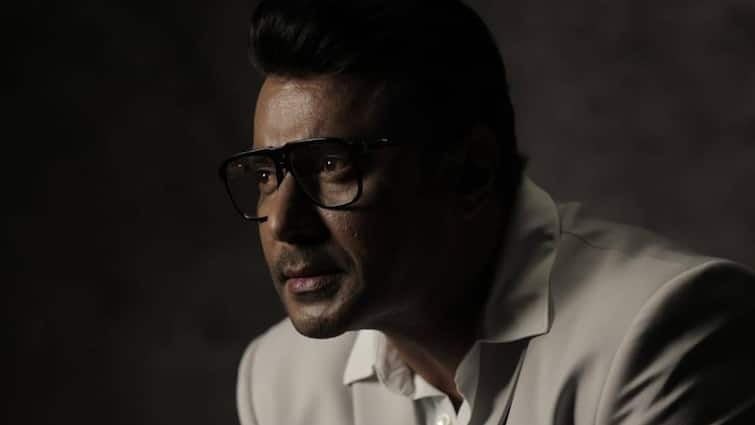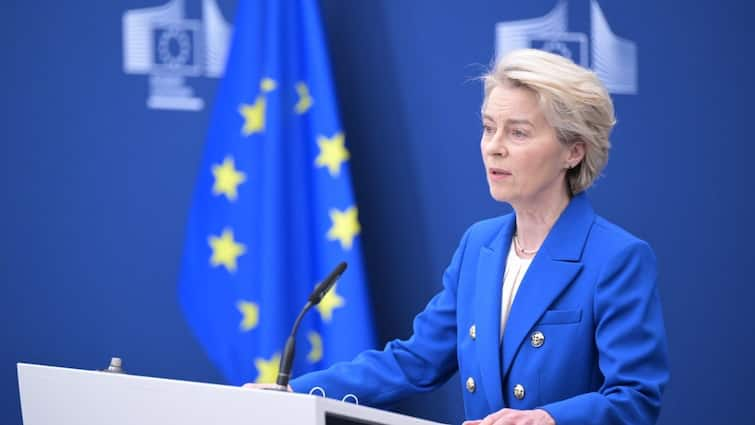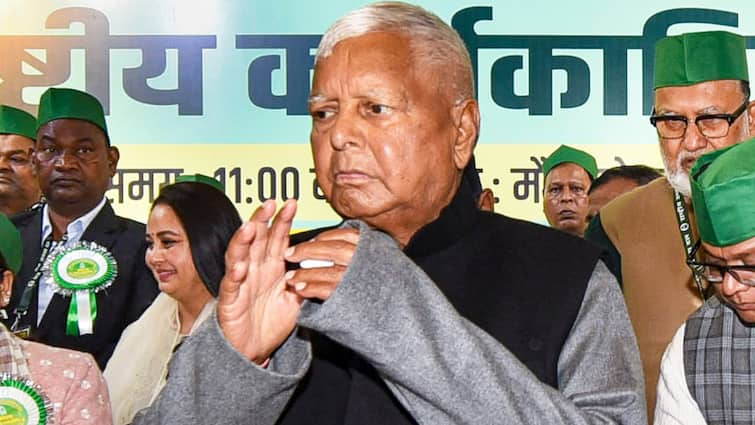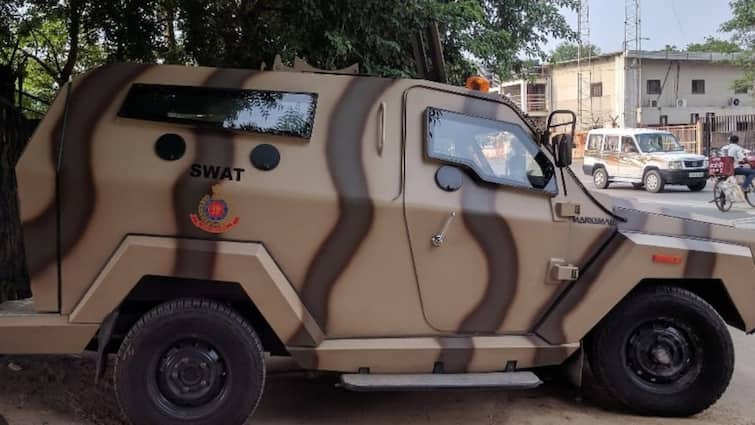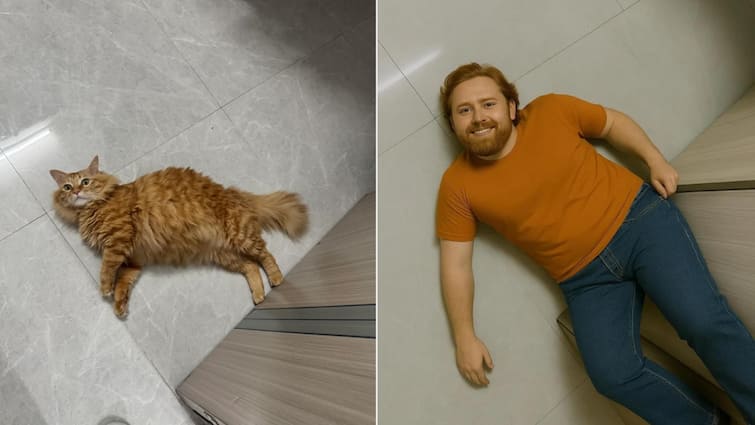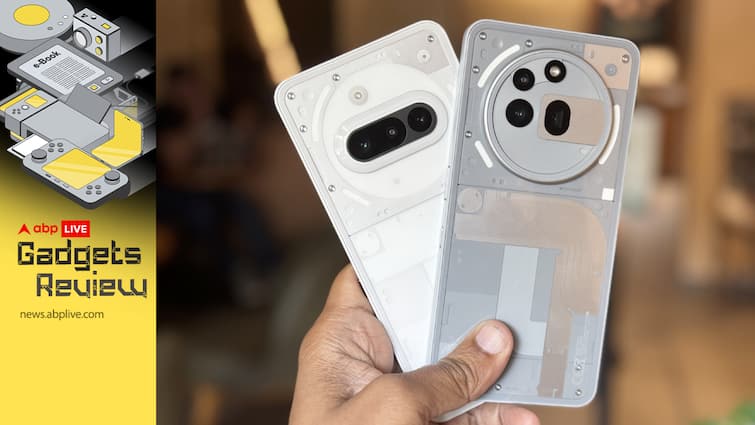
Nothing Phone 3a Series Review: The Nothing Phone 3a and its Pro bro are united by a largely similar spec sheet, but are separated by camera prowess and design. But these two similar spec peas in Nothing’s pod pack in enough to be great options for those looking for phones in the range of Rs 24,000 – Rs 34,000.
Nothing Phone 3a Series Review: Quick Pointers
What we love:
- The transparent-ish designs
- Clean interface with retro feels
- Excellent telephoto camera on Phone 3a Pro
- Smooth performance
- Regular updates that improve performance
What we don’t:
- The absence of chargers and cases in the box
- Relatively slow charging speed
- Gaming performance is not the greatest
- Inferior specs for the segment
They Look Similar, But Stand Out In A Crowd
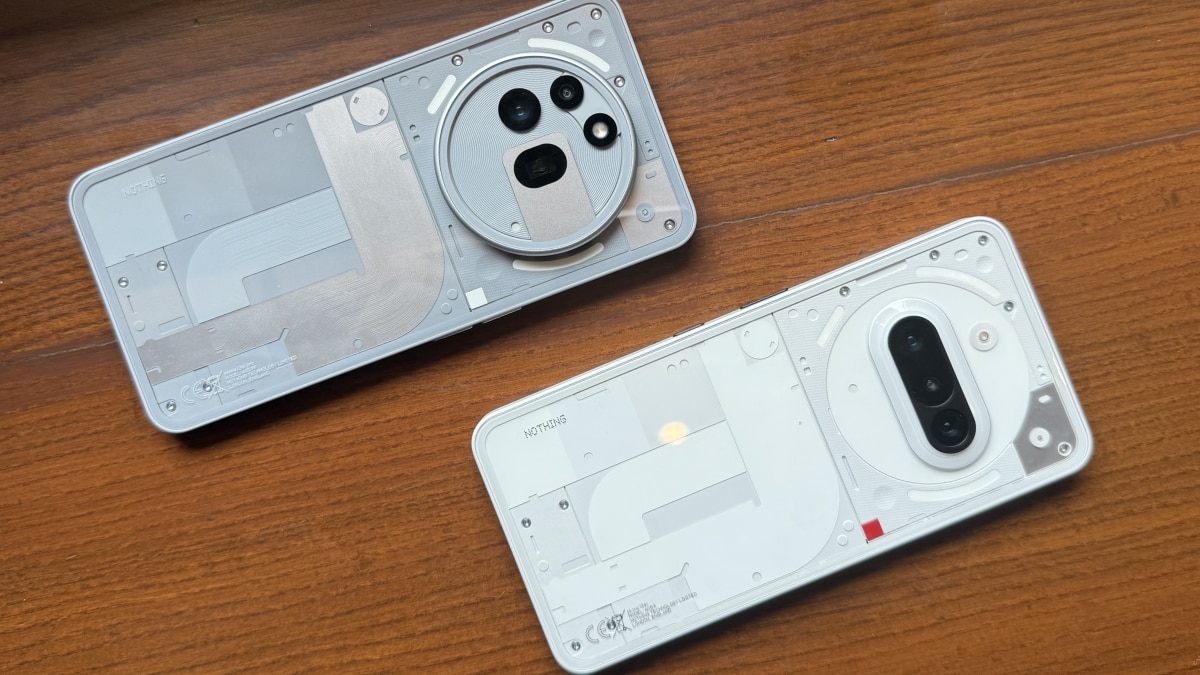
Nothing’s phones have always stood out because of their transparent-looking backs with LEDs, and the Phone 3a and 3a Pro carry this legacy forward. Both phones are almost carbon copies of each other in terms of design, with tall displays with tiny bezels, straight sides, and flat backs that appear transparent and LEDs on their upper parts, and even the same port and button arrangements on the sides, including the new Essential key on the right hand side. They are both large phones, being 163.5 mm tall, and at a very broad 77.5 mm wide, which will stretch your palms.
The Phone 3a Pro is 8.39mm thin, while the Phone 3a is 8.35 mm. The Pro is also slightly heavier, 211 grams to 201 grams of the Nothing Phone 3a. The reason for this extra thickness and weight is also the biggest point of difference between the two phones: the cameras.
The Phone 3a Pro has a very large circular camera unit jutting out from its back, while the Phone 3a has a more ‘regular’ looking horizontal pill-shaped camera unit, which also juts out but far less prominently. Both phones come with glass fronts and backs, although the frames are plastic. The glass used is described as “new high-grade tempered glass,” which is not quite in the Gorilla Glass category as per our sources, but they come with IP64 dust and water resistance, which means they will survive water splashes.
The Phone 3a Pro is available in a silvery grey and black colours, while the Phone 3a comes in black, white and very striking blue (the best looking of the lot). Like their predecessors, the design of the phones is unlikely to be everyone’s cup of tea, There will be those (mainly from the geeky tech side) who will love the edgy and different design as well as the LEDs on the back which light up in different patterns depending on the calls or notifications you receive. There will also be others who will find the design too loud and not classy.
Whatever your thoughts on the design, it does stand out, especially in the case of the Nothing Phone 3a Pro. Speaking of cases, there is no back cover in the box, something which is expected at this price point.
Similarly Specced Bros, Cameras Excluded
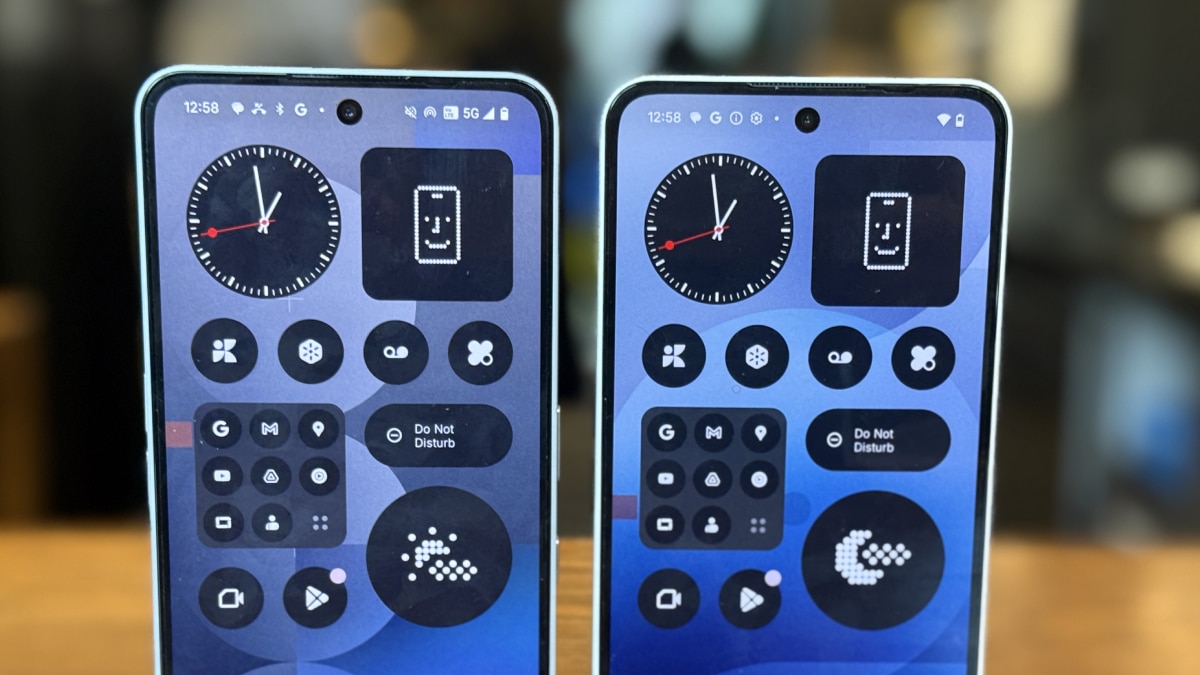
The Nothing Phone 3a Pro and Phone 3a have pretty much identical spec sheets, too. Both come with 6.77-inch AMOLED displays with a 120 Hz refresh rate, peak brightness of 3000 nits and a resolution of 2392 x 1080. The resolution is a little low as compared to some of the other players in the segment, but is hardly a deal-breaker as the displays are bright and handle colours well.
Running the Phone 3a Pro and 3a show is the mid-segment Qualcomm Snapdragon 7s Gen 3 chip, accompanied by 8 GB of RAM and 128 GB and 256 GB of storage on both phones, with a 12 GB RAM and 256 GB storage option available for the Pro. Both also come with 5000 mAh batteries with support for 50W charging, although there is no charger in the box. The phones come with a clean and uncluttered interface, thanks to Nothing’s minimalistic Nothing UI on top of Android 15.
The point of difference between the two phones is again photography. Both phones come with a 50 megapixel main sensor with OIS, a 50 megapixel telephoto, and an 8 megapixel ultrawide on the back. But those similar numbers mask the nature of the telephoto sensors – the Pro has a periscope telephoto with OIS and 3x zoom of the type seen in much more expensive smartphones, while the Phone 3a has a more conventional telephoto with 2x optical zoom and no OIS.
The Phone 3a Pro can get 6x of lossless zoom and up to 60x digital zoo,m while the Phone 3a can do 4x lossless zoom and 30x digital zoom. The Phone 3a Pro also sports a 50 megapixel selfie sensor while the Phone 3a has a 32 megapixel one. The difference here is really about the camera.
Good Cameras In General, Brilliant Telephoto On The Pro
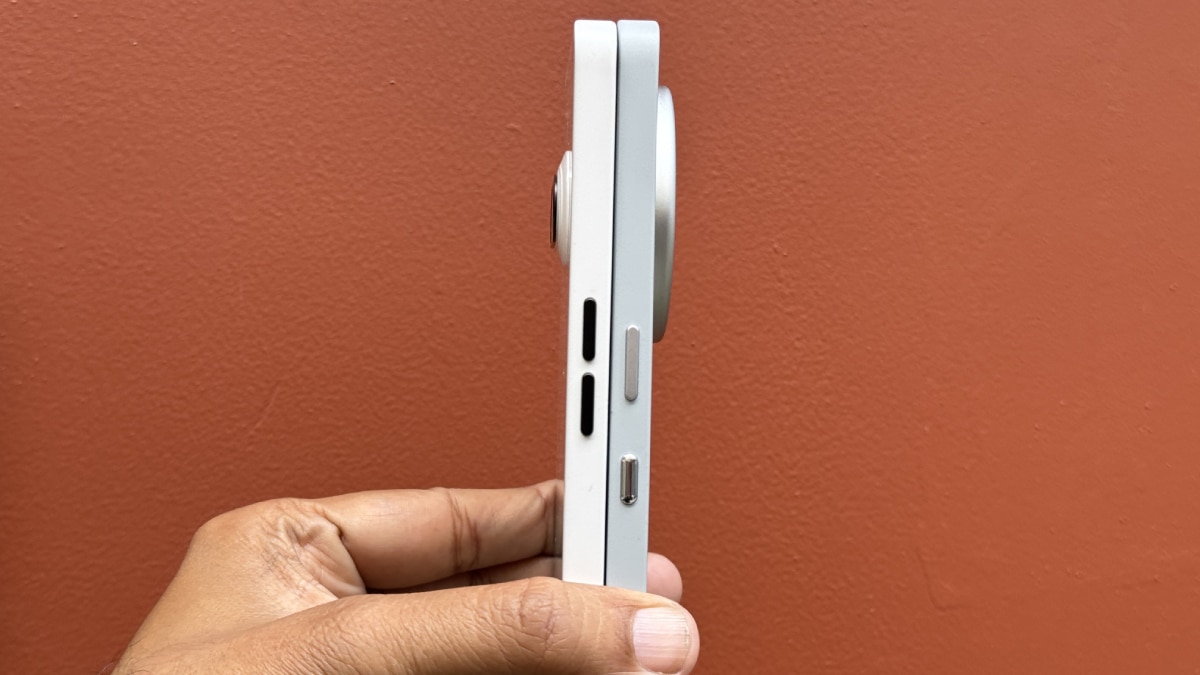
The real difference between the Nothing Phone 3a and 3a Pro comes with regard to cameras. And it is a significant one too.
While the Phone 3a comes with very good cameras in its own right, a lot of attention has been focused on the Phone 3a Pro whose periscope telephoto sensor delivers perhaps the best zoom photography in its price segment, and actually matches what we have seen in more expensive devices. We could even zoom in to 20x (digital zoom) and get very usable images. The telephoto sensor on the Phone 3a Pro also lets us take ‘telephoto macro’ snaps, simulating a macro lens. It is an incredibly versatile lens and at times seems to deliver better results than the main sensor.
This is not to say that the 2x telephoto on the Phone 3a is bad – it is very handy, but just fades in comparison, especially in the digital zoom zone, where its 30x zoom is half of the 60x that the Phone 3a Pro provides.
Portrait snaps by both phones are very good as well. In terms of general photography, both phones deliver ample detail (slightly too sharp at times) and pleasant colours without getting too oversaturated. Low light performance is good, too, although there is some rather prominent lens flare, so we would recommend being extra careful near light sources. Video quality is very good through the main sensors on both phones, too. The Phone 3a Pro’s 50 megapixel sensor also delivers better selfies than the Phone 3a’s 32 megapixel one – we felt it handled contrasts better, although both cameras tend to smooth out skin and textures a little.
The Phone 3a is definitely one of the best camera phones below Rs 25,000, while the Phone 3a Pro is one of the best below Rs 35,000. Both are good options for anyone who wants to do some serious photography at mid-segment prices, although the 8 megapixel ultrawide cameras on both seem to be largely making up the numbers – they just are not in the same league as the others.
Generally Smooth Operators, But Not Gaming Beasts
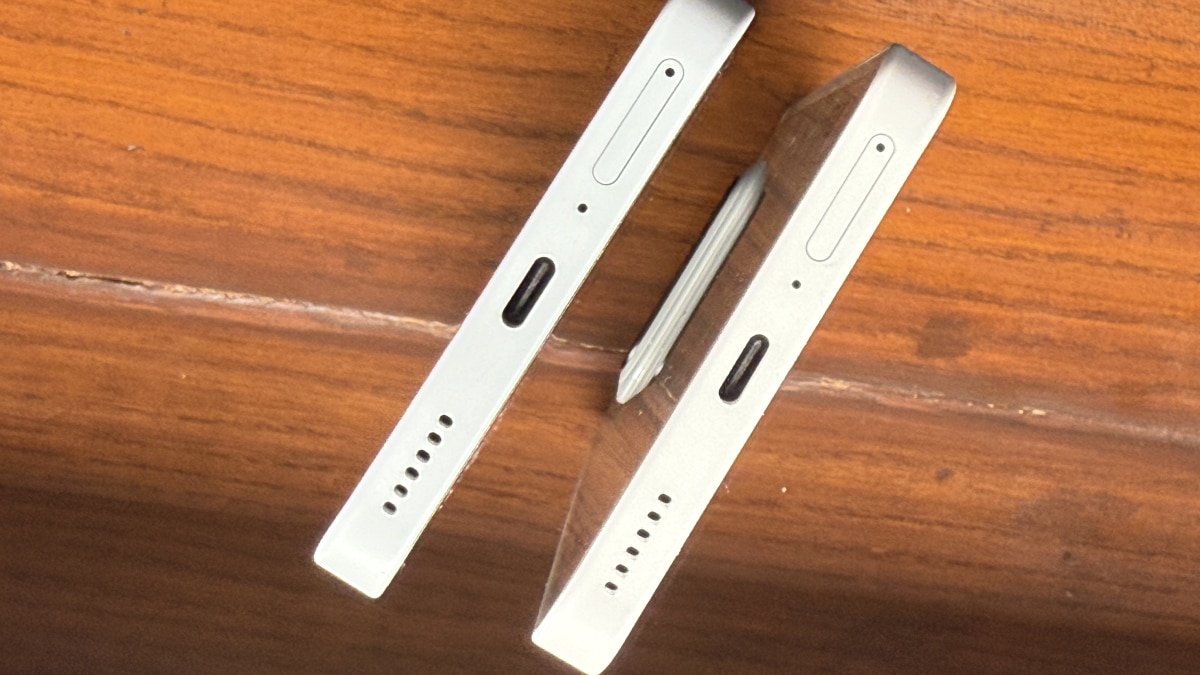
Both phones are very smooth operators when it comes to handling everyday life. The large and bright displays are very good for watching content and browsing the Web, and while their extra width might make holding them a little difficult, it does help in gaming and typing. The speakers are not the best we have heard, but deliver good volumes, although some distortion creeps in at higher points.
The Qualcomm Snapdragon 7s Gen 3 is a good processor for routine tasks and sails through messaging, emails, social media doomscrolling and multiple browser tabs. The phones also handle multitasking very well, and although AI is not the swiftest, Gemini, object remove,l and other basic tools function smoothly. The phones come with an Essential button on the right-hand side, which captures the screen (or launches the camera, following an update) and saves it along with any notes (written or voice) you may have in an area called Essential Spaces.
We are not too sure about how handy the feature is at the moment, as we have not become used to it, but it definitely has potential and brings something new to the smartphone table.
Where the phone stumbles a little is in high-definition gaming. While you can play Genshin Impact and Call of Duty with some setting tweaks, these are not gaming phones and cannot match the likes of the Poco X7 Pro or the iQoo Neo 10R in that department. Battery life is very good, though, with both phones getting through close to a day and a half of regular usage, but the Phone 3a Pro gives up a bit early, but we suspect that is because we do more photography on it). Both phones charge at 50W, but there’s no charger in the box.
It takes slightly more than an hour to charge them, which is a little slow for the segment, but half an hour of charging got us about 60 per super handy cent charge. NothingOS remains one of the cleanest Android interfaces around and works smoothly, with Nothing regularly adding features and quashing bugs through updates. The Glyph UI is a bit like the icing on the cake, with the LEDs letting one know about different notifications even when we place the phone face down, although we prefer the more elaborate LED arrangement on the Phone (1) and Phone (2). If you are ready to invest time, these are ‘fun’ phones to use – the surface is clean, but there is a lot beneath it.
Nothing Phone 3a Series Review: Final Verdict
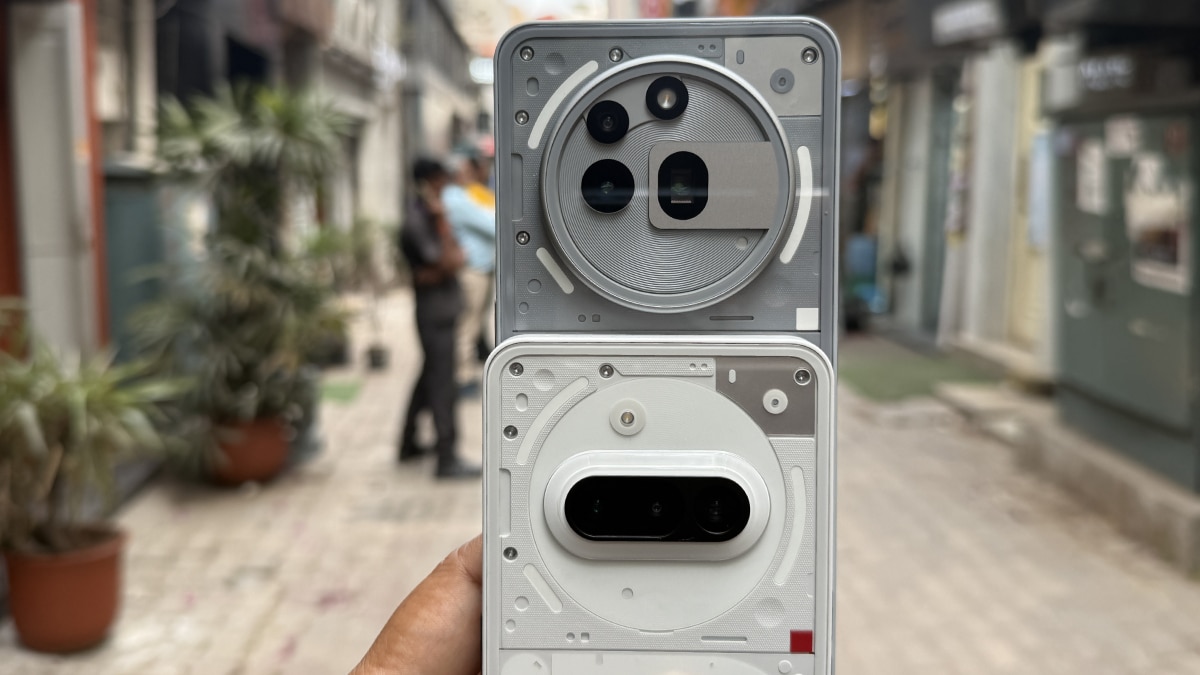
The Nothing Phone 3a starts at Rs 24,999 for its 8 GB/128GB variant, while its 8 GB/256 GB variant will set you back by Rs 26,999, The Phone 3a Pro on the other hand starts at a more expensive Rs 29,999 for its 8 GB/ 128 GB variant, with the 8 GB/ 256 GB priced at Rs 31,999 and a 12 GB/ 256 GB option available at Rs 33,999. We would say that they are a little on the expensive side for the segment going by their spec sheets, but they are easily among the most stand-out devices in their price zone in terms of user experience.
Both come with designs that will attract attention and have the cleanest interfaces you can get in the mid-segment. They are very steady performers, get regular updates, and the Phone 3a Pro also has very good cameras. That said, they do miss out on some features like fast charging (67W -120W is common in that segment), bigger batteries (5500 mAh and above are seen in many devices), faster processors and faster storage, and most notably, chargers and cases in the box (which add another Rs 1500-2000 to the price).
We would recommend both devices to Pixel and OG Motorola fans, who love different designs and clean interfaces, and in the case of the Phone 3a Pro, those who want a very good camera set up (especially a telephoto sensor) at a price in the vicinity of Rs 30,000. These Nothing Specials are definitely something to consider when you go shopping for a phone with a budget in the range of Rs 24,000 – Rs 34,000.
Doonited Affiliated: Syndicate News Hunt
This report has been published as part of an auto-generated syndicated wire feed. Except for the headline, the content has not been modified or edited by Doonited




